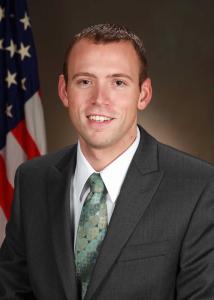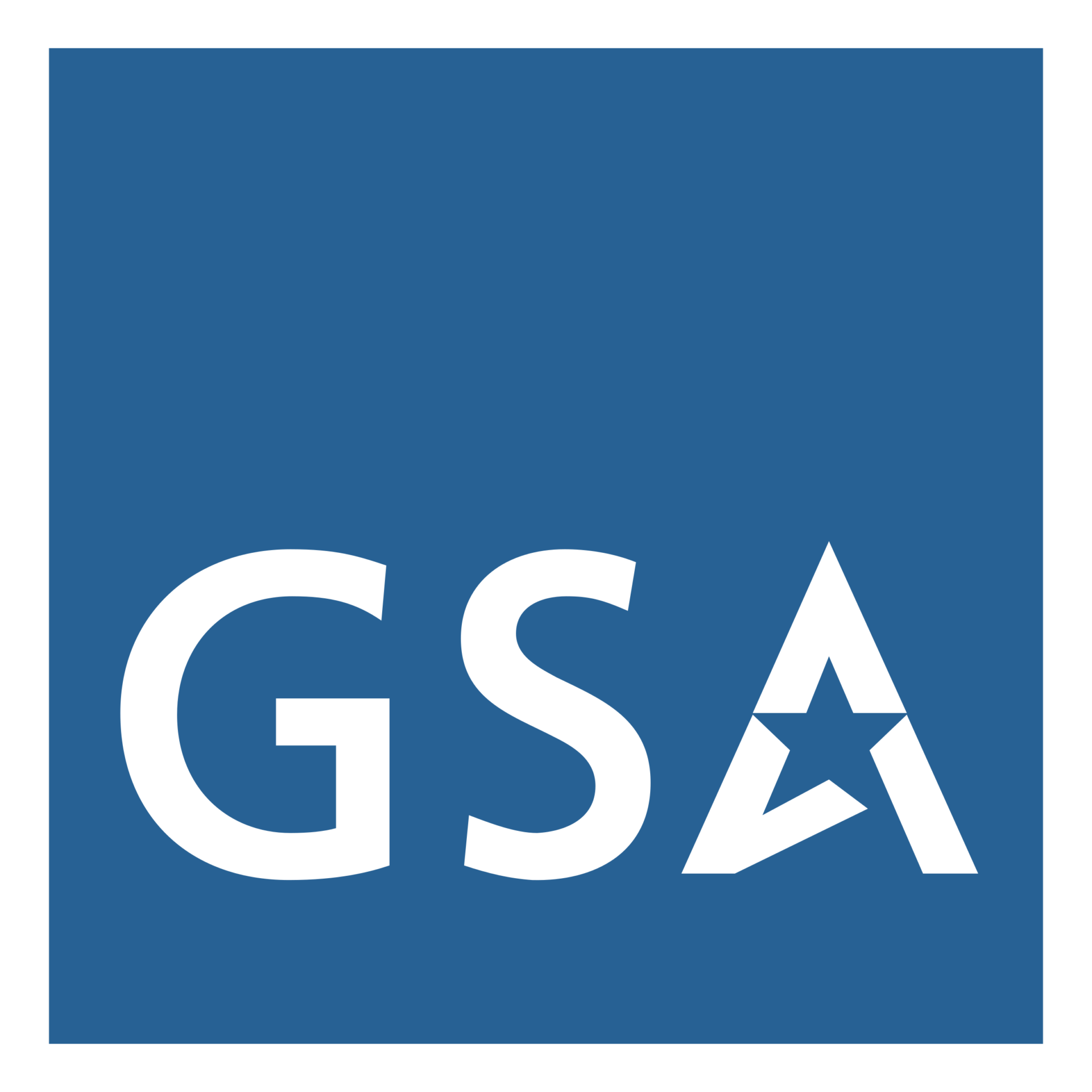
1. How long have you worked with the Federal Aviation Administration, and what was your background before your current position?
I have been with the FAA for nine and a half years, specializing in acquisition career management. Before that, I spent ten years with the Department of Defense, specifically with the Navy and Marine Corps. I began my career in the Navy, handling HR and administrative work, and later transitioned to a manpower role in a naval shipyard. I then moved to the Marine Corps, where I focused on organizational development and effectiveness, sparking my interest in workforce development. Later, I served in and built the role of Human Resource Development Strategic Advisor for Headquarters, Marine Corps, and its serviced commands. After that, I returned to the Navy to work on the F-35 program, where I continued to handle manpower and HR tasks.
Initially, government service was not my intended career path. In high school, I volunteered at an assisted living facility and planned to pursue a career in healthcare. However, once I started working in government, I decided to continue on this path.
Currently, I serve as the business and technology portfolio manager under the FAA’s acquisition career manager. In this role, I manage budget lines, technology resources, and communications supporting the acquisition workforce. I recently completed a six-month detail as the Department of Transportation’s acquisition workforce program lead, where I also had delegated ACM duties. I continue to support this role in a limited capacity to contribute to the larger acquisition workforce.
2. What are some of the major efforts you (and/or your team) are working on?
One key initiative currently for us is the 1102 warrant program. With the recent FAC-C Modernization, which eliminated multiple levels, we are now focused on determining the most effective approach for our warrant holders. We aim to ensure that individuals pursuing higher-level warrants are adequately prepared and well-rounded. This involves evaluating necessary courses from an educational standpoint.
Another major focus is identifying the COR workforce. We aim to better understand our active CORs, distinguishing between those who are delegated and actively supporting contracts and those who merely hold the COR certification.
I've also been working on systems modernization, specifically optimizing our internal information websites to enhance resources for our acquisition workforce.
3. Tell us about one of your biggest successes achieved by you/your team/agency.
One of our major accomplishments was closing out the 2022-2024 continuous learning common period. I developed custom reports from multiple data sources and cleaned up profiles in FAI CSOD to improve our data quality. It was both challenging and rewarding.
Another significant achievement for the team was the soft launch of our Acquisition Learning Institute, a virtual resource center consolidating all internal agency training, DAU/FAI training, and other subscription-based resources into a single hub. It has proven to be an invaluable tool for the acquisition workforce, especially as we wrapped up the continuous learning period, marking it as a major success.
4. What is the biggest challenge in your position supporting the acquisition workforce?
Expanding requirements with fewer resources is a constant challenge in the acquisition field, which is evolving almost daily. We frequently need to create new courses and training materials for our acquisition workforce while managing limited budgets and personnel. AI is a prime example of the demands we face.
Communication also poses a challenge. While some believe that more information is always better, I believe that too much information can lead to overload and varied interpretations of messages, which complicates effective communication.
5. What skills do you think are most critical to successfully perform your job?
Effective communication, networking, and relationship-building are crucial skills. It's important to be comfortable having direct discussions, when necessary, even if it means revisiting the same topics repeatedly. Being able to break down complex issues and remind colleagues of the "big picture" is essential.
Clear communication helps ensure that requirements and expectations are understood. Adopting a systems thinking and strategic approach supports decision-making and process development. Additionally, curiosity and problem-solving skills are vital. They enable you to tackle various challenges and understand the "why" behind missions, which aids in resolving issues effectively.
6. What words of wisdom would you offer to your fellow acquisition workforce members?
When I was with the Marines, we often used the expression "Semper Gumby," which means "Always Flexible." This emphasizes the need to stay agile in the face of changing funding, resources, priorities, and requirements. You don’t have to like change, but you must at least be open to it to address the challenges ahead. I always recommend being inquisitive—and encourage the use of “tell me more” when working with others and strive to understand why things are necessary and the bigger picture.

